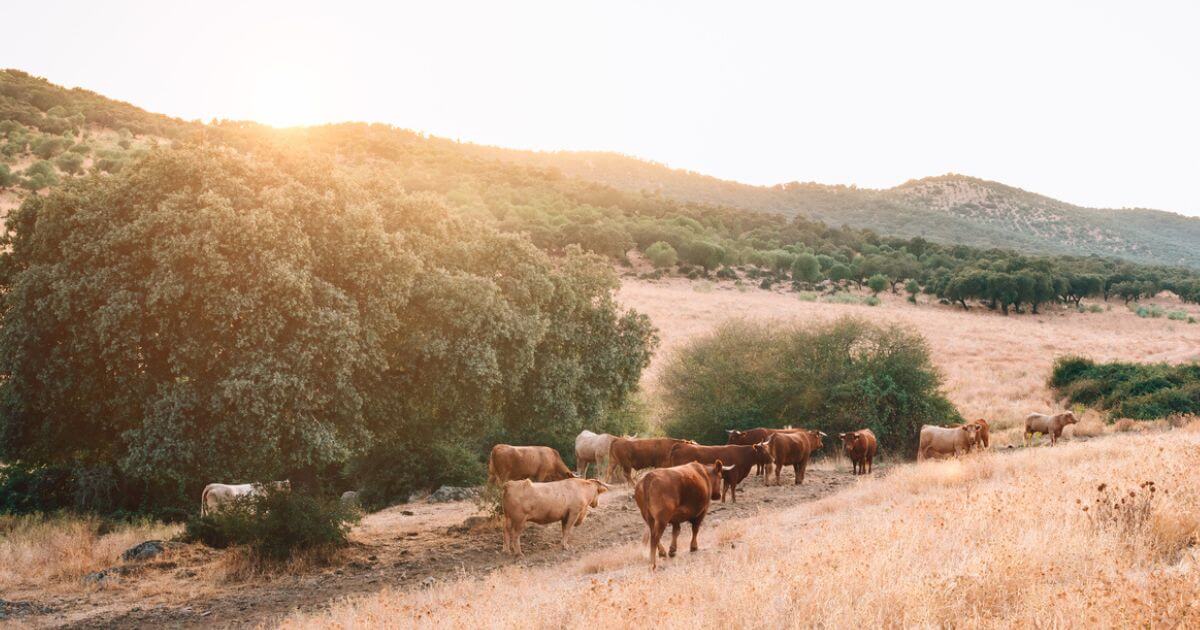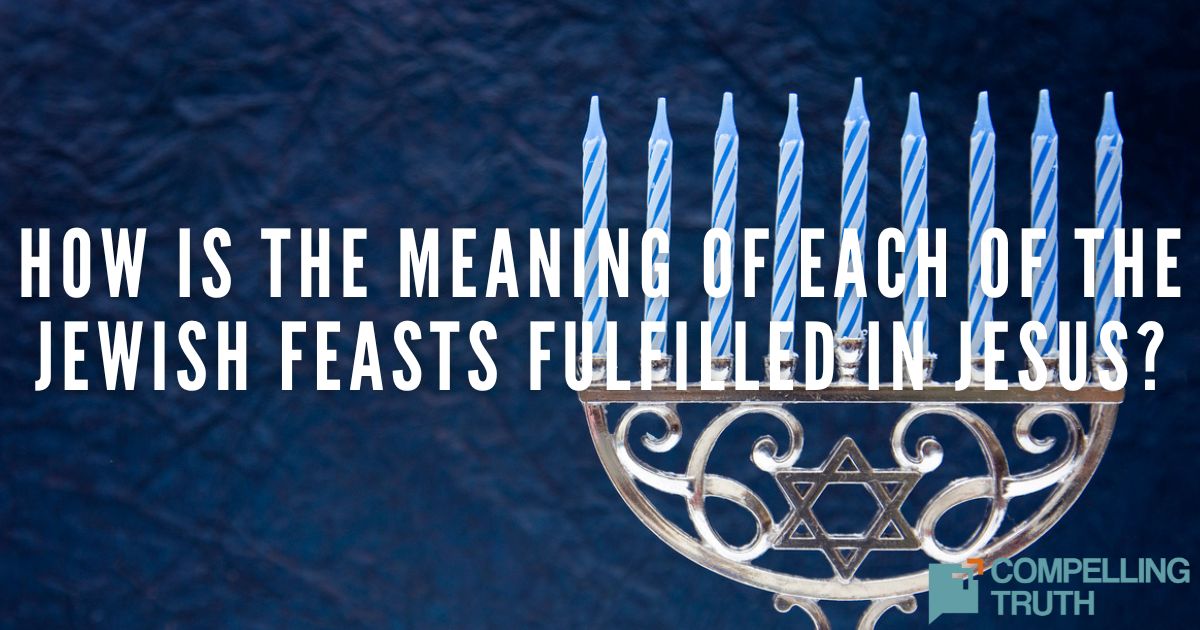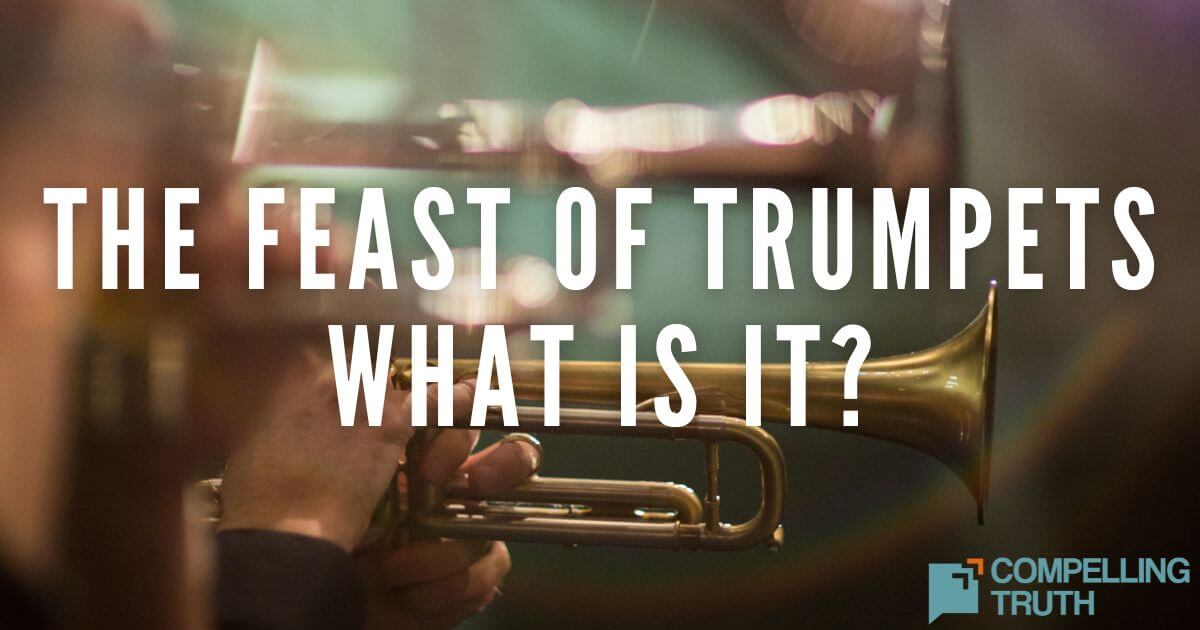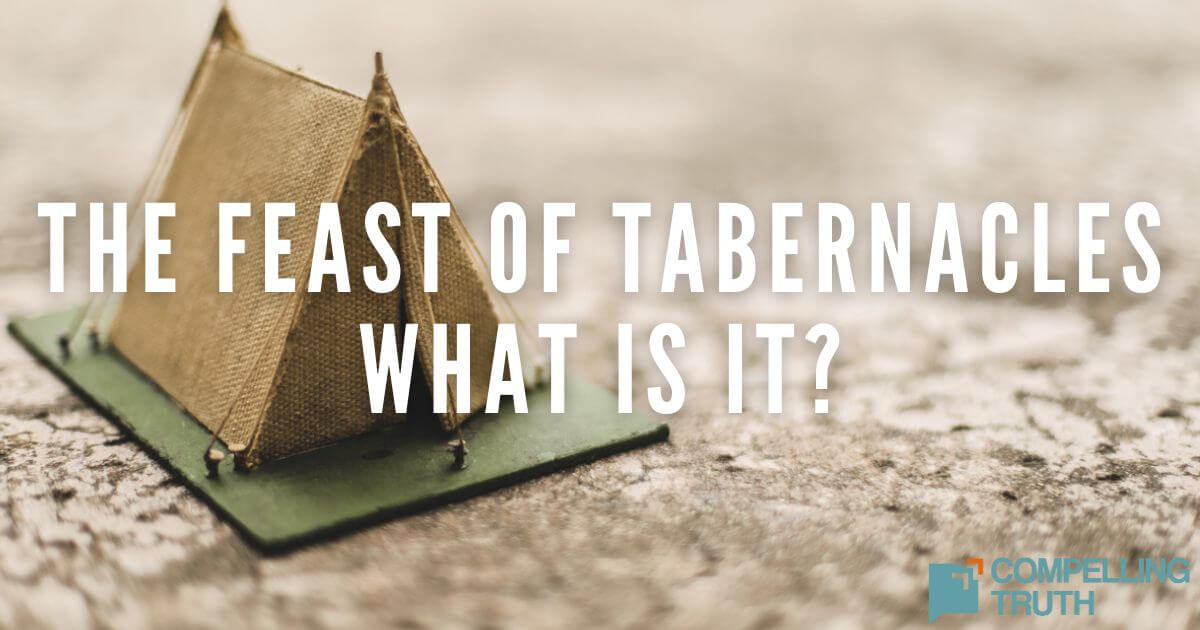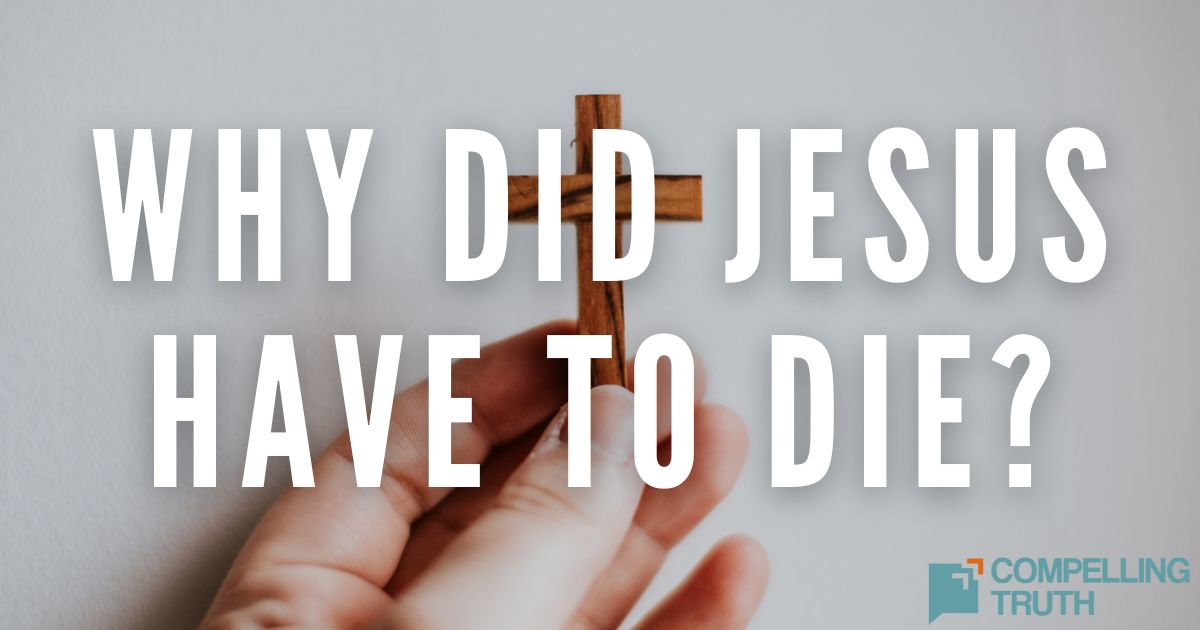what does the bible say?
The Day of Atonement was instituted as part of the Mosaic Law God gave His people. Also known as Yom Kippur, it is the most holy, solemn day on the Jewish calendar, occurring annually on the tenth day of the seventh month (Tishri) in the Hebrew calendar. In the Old Testament, God made it clear that the Day of Atonement was the only day anyone, specifically the high priest, could enter the portion of the temple or tabernacle known as the Most Holy Place, or the Holy of Holies. In Leviticus 16, Aaron, and subsequent high priests, were instructed to bathe and don special clothes, sacrifice a bull for the sins of the high priest and his family, and bring in two goats. One goat would be sacrificed on behalf of the Israelites’ sin and its blood sprinkled on the Ark of the Covenant. The high priest would put his hands on the other goat's head, confess the sins of rebellion and wickedness of the Israelites upon it, and let it go free into the wilderness. The goat symbolically bore and carried away the people’s sins.
Christians view the Day of Atonement as a foretelling of Jesus' death on the cross, which parallels the sacrifice of the first goat. His shed blood atoned for them all (Romans 5:9). Jesus’ ultimate sacrifice did not cover sins for only a year but was done once and for all (Hebrews 10:1–18). As the second goat took away the sins of the people, Jesus' propitiation did that as well (Hebrews 10:17-18). The annual sacrifice of animals is no longer required (Hebrews 7:23–28; Hebrews 10:1–23). On the cross, Jesus declared "It is finished" (John 19:30); one reason was that the sacrificial system of Leviticus was over.
